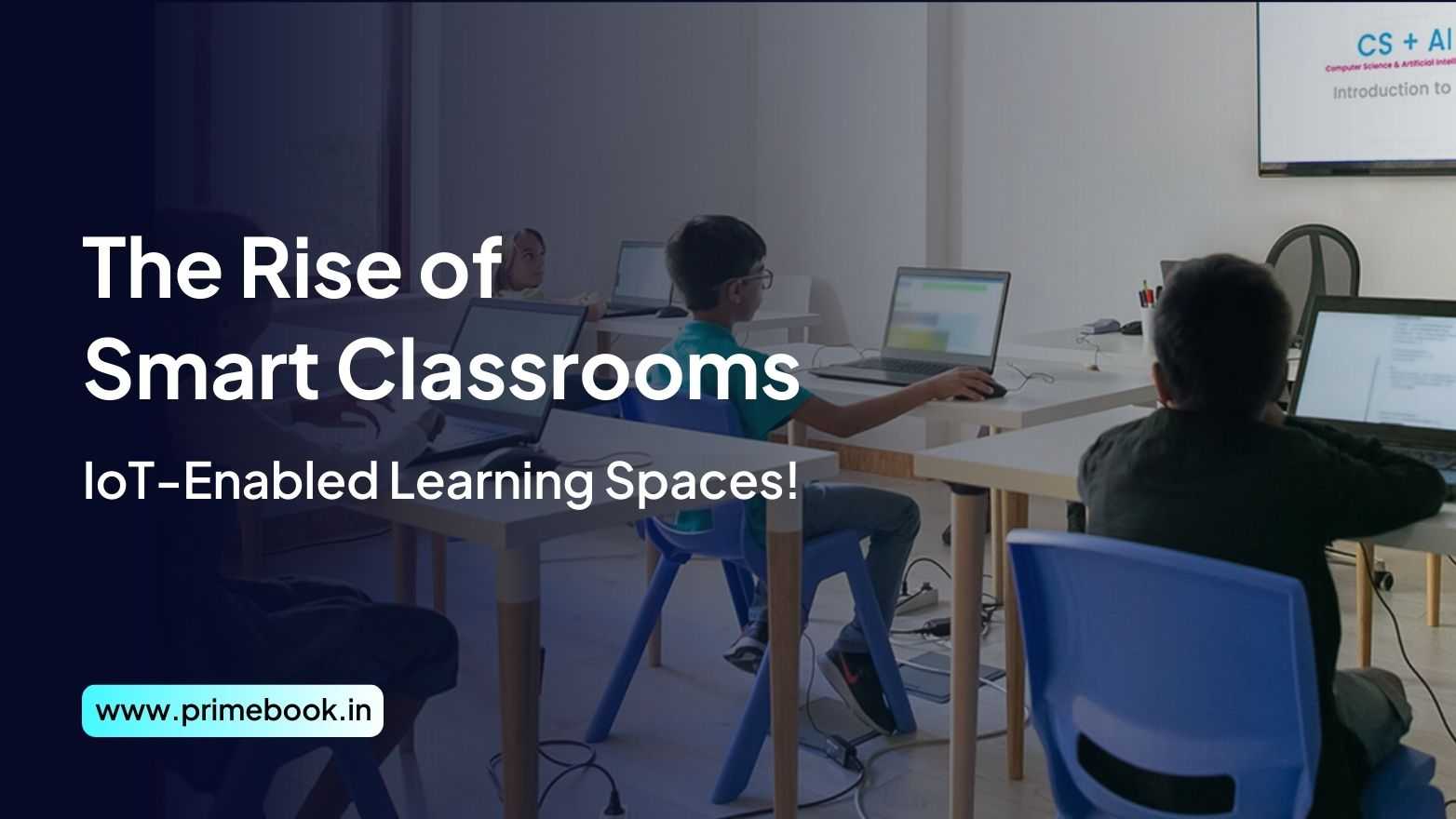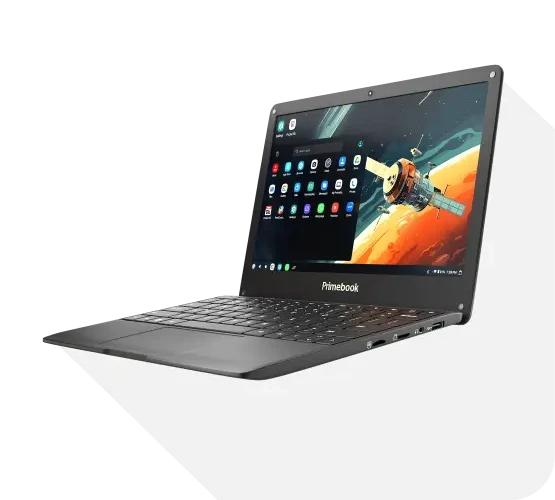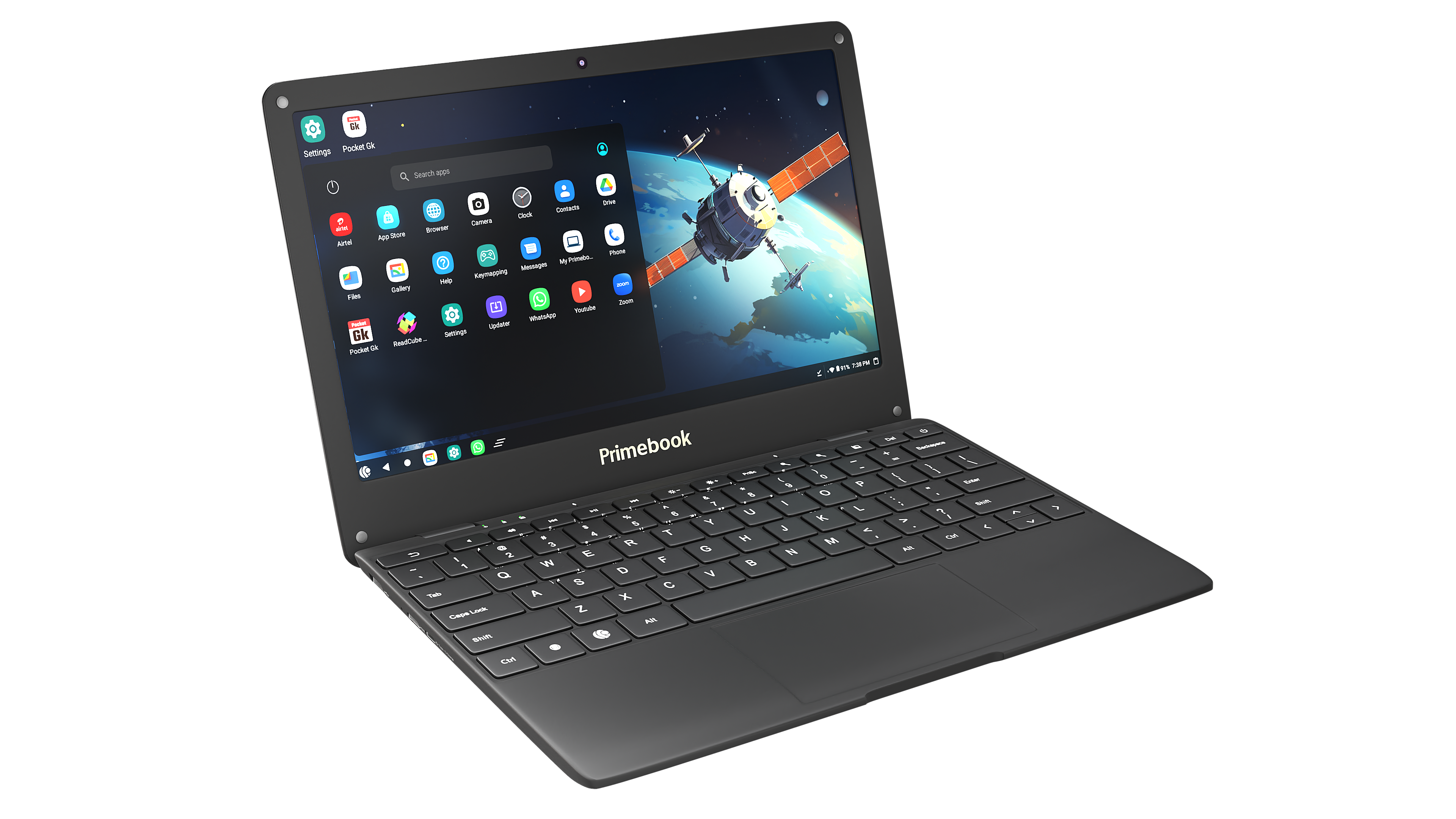Blogs / Trendy Tech Talks / The Rise of Smart Classroom: IoT-Enabled Learning Spaces!
Blogs / Trendy Tech Talks / The Rise of Smart Classroom: IoT-Enabled Learning Spaces!

Ananya Dasgupta
28 Nov 2024

The Rise of Smart Classroom: IoT-Enabled Learning Spaces!
As per MarketsandMarkets research, the global smart classroom market is expected to grow $102 billion by 2028 with IoT and AI integration being the major drivers. In India, government initiatives like PM eVidya and the increasing adoption of digital tools are already addressing the growing demand for technology-led education. While many educational institutions have interactive whiteboards, stylus pens, projectors, and multimedia devices, some have started adopting the latest technologies like classroom scheduling services. Hence, the rise of smart classrooms is apparent and so are its IoT-enabled advantages. But how? This blog shall shed some light!
What is a Smart Classroom and How Does It Work?
As the name already suggests, smart classrooms are technology-enabled learning spaces that foster creative, experiential, and collaborative learning across the physical and virtual worlds.
With the objective of creating an active learning environment, where students are attentive during the learning process and the teachers require minimal intervention, smart classrooms tend to leverage various advanced technologies, from interactive intelligence panels and IoT (Internet of Things) to audience response technologies and assistive listening devices.
— Smart classrooms offer students audio-visual lessons designed for personalised teaching-learning, enabling them to cover topics at their own pace yet comprehend and learn concepts faster.
— Students can engage in discussions with their classmates and cultivate investigative learning journeys following their preferred needs.
— Lesson plans hereby can be easily accessible via Cloud and educators can utilize a faster online grading system. Smart classrooms empower educators to monitor students’ progress with digital rewards, conduct online exams, and distribute assignments with ease.
What Does An IoT-Enabled Smart Classroom Look Like?
IoT or the Internet of Things brings in an intelligent toggling of the physical-electrical aspects in a smart classroom, like the ability to regulate temperature and lighting automatically, subsequently cultivating a productive learning landscape as a whole.
The main components of an IoT-enabled smart classroom are –
Sensors & Actuators
These are the primary IoT integrations within a classroom that gather data from the environment and perform activities based on the collected information.
Network Connectivity
The second most vital component of a smart classroom is network connectivity, such as a Wifi, Bluetooth, Zigbee, or hoRaWAN, through which the various IoT devices communicate.
Edge Computing
To decrease latency and enhance real-time decision-making within the smart classroom, another key aspect that stands crucial, it’s edge computing, i.e., the processing of data locally on devices closer to the data source.
Cloud Computing
To host applications for managing classroom operations, monitoring performance, and providing analytics, there’s another salient component, Cloud Computing. Here, the Cloud server acts as a central repository for the storage and analysis of large volumes of data sets collected from the IoT devices.
User Interface
Students and educators interact with the IoT system via an interface. It can be a tablet, a smartphone, a laptop, or an interactive whiteboard. These user interfaces enable educators to provide real-time feedback and take control of all the connected classroom devices.
Benefits of IoT-Enabled Smart Classrooms
An IoT-enabled smart classroom holds various benefits and here goes the most significant of them!
1. An IoT-enabled smart classroom enables users to develop essential technical skills and adapt to using technology in a learning context, thereby producing an elevated learning outcome.
2. An IoT-enabled smart classroom is more eco-friendly as students don’t need to use any books, papers, or pens to make notes. They are more focused on effective presentation-based learning.
3. With automatic lighting and control systems in an IoT-enabled smart classroom, educators and the administration can reduce unnecessary wastage of power and energy resources.
4. There are even innovative developments such as portable classroom attendance systems based on fingerprint biometrics. This incorporation within the classroom can eliminate the possibility of tampering with recorded data.
5. IoT-enabled classrooms encompass smart desks and chairs that are ergonomically designed with sensors to track and monitor students’ postures and movements. This technology incorporation helps educators analyze students’ engagement levels and alert students about the sitting adjustment and positioning.
6. The use of wearable devices in a smart classroom helps keep track of the student’s health and overall well-being by monitoring their heart rate, physical activity, and other key signs, subsequently tailoring physical education programs to them.
In a nutshell, the rise of smart classrooms is transforming the way teachers teach and students learn. It’s paving for more interaction within the classroom setting and healthier bond formation as students are eager to study appropriately with the new technology. The structure of such a classroom is typically student-led, focusing on audio-visual learning. Furthermore, with IoT playing an integral role in the domain, learning within the classroom is going to be uninterrupted, easy, and dynamic.


 Related Blog
Related Blog









